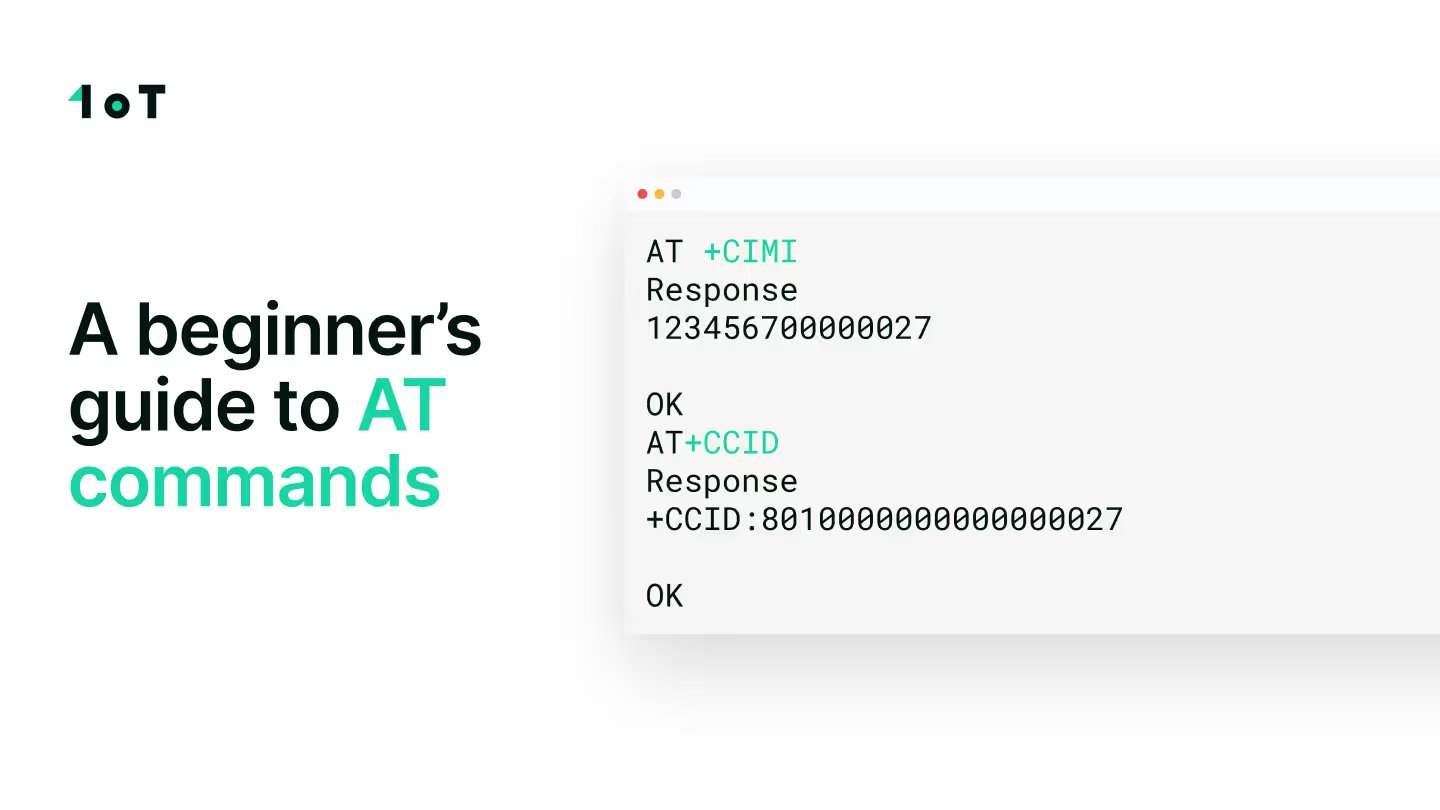The Magic of Roaming for IoT

Article updated on March 4, 2022.
All IoT device manufacturers need a global connectivity solution. The choice comes down to a provider who can ensure data connection across the globe. Currently, cellular technology ticks all the boxes because of its maturity and being the only solution that is both mobile and global.
The cornerstone of global connectivity is the concept of roaming. In simple terms, roaming is the ability to access a network that is not the home network (i.e. not the one issuing the SIM).
How does roaming work?
While we have all experienced the benefits of roaming, few of us know how this magic happens.
Roaming is available because of roaming agreements between Operator A and Operator B. The commercial discussions between the two cover the following points:
- Is roaming allowed and on which cellular connection type - 2G/3G/4G or LTE-M/NB-IoT?
- Is calling and sending out SMS' allowed to the Roamer and at what cost?
- What data speeds are allowed and what are the costs?
Usually, the pricing is agreed based on the number of subscribers expected to roam and the overhead costs on the roaming network side. Based on this pricing, operator A builds roaming prices for their subscribers for roaming in operator B’s network.
As you can see, Operator A has to negotiate exclusive agreements with other operators. So the roaming cost can vary from country to country and even operator to operator within the same country.
The roaming process differs a bit among different types of cellular networks, but in general, the process is pretty much the same.
The first step to start roaming is to update your location or getting connected to the network:
- After the device is turned on in a roaming country, the IMSI is sent on the roaming network. The roaming network then notices that the IMSI does not belong to it. It attempts to identify its home network. If there is no roaming agreement between the two networks, maintenance of service is impossible, and the roaming network denies service.
- In case there is a roaming agreement in place, the roaming network contacts the home network and requests service information (including whether or not the subscriber should be allowed to roam).
- If successful, the visited network begins to maintain a temporary subscriber record for the device. Likewise, the home network updates its information to indicate that the device is on the visited network so that any data sent to that device can be correctly routed.
The process is pretty standard and managed by the operators and fairly seamless from the subscriber’s perspective apart from the costs.

Roaming Steering
As explained earlier, roaming deals vary from operator to operator, and the pricing is done at the network level rather than the country level. Hence the question arises on how to connect to the cheapest network?
The answer is “preferred roaming” or the concept of steering of roaming. In this case, the mobile operator decides which partner their subscribers will use when roaming. Mainly there are two methods of roaming steering, network-based steering or SIM-based steering.
Network-Based Steering
The steering system is installed or integrated remotely in the home network. When the device tries to register in roaming, the roaming network contacts the home network. The steering system decides, based on the agreements whether that registration is “wanted” or not. If it is, the request is accepted. If it is not wanted, the system sends an authentication to fail or “roaming not allowed” response. After receiving this message, the device attempts to connect to the second available network.
SIM Based Steering
This method uses the preferred network list stored in the SIM. The list has to be updated dynamically as the roaming agreements are continually changing. The SIM chooses the network on top of the list in the particular roaming country.
A combination of both is also possible making the steering more efficient.
One important detail to keep in mind with roaming networks is that if the authentication is rejected from one network, the SIM adds this network to its forbidden network list. It means that the SIM doesn’t attempt to connect to this network next time. To clear this list, you will need to reset your device or clean this list remotely on the SIM.
Here is important to note that 1oT doesn’t do roaming steering. All roaming networks available are listed on equal basis and the decision lies on the device (usually the key factor being the strongest signal).
In our earlier blog “How to Correctly Configure and Debug IoT Devices,” we covered information for our device manufacturers how they can improve the device behaviour in roaming.
Roaming restrictions
While international roaming has many benefits, it also comes with a downside - roaming was never meant as a mechanism to have devices permanently roaming on other networks. Thus, during the 2010s many regulators (MNOs and some countries alike) introduced rules that prohibited permanent roaming. The motivation for these regulations is often to protect the local market.
Depending on the location, a SIM is considered “permanently roaming” if it has stayed outside its home network for a specific number of days. After that, the SIM is restricted from to register on the network and doing any more data. For a consumer traveling abroad, the most logical option would be to buy a local SIM card and pop it on their phone for the duration of their travels. Sadly, that solution isn’t either reasonable or, in most cases, even possible for IoT/M2M deployments.
IoT deployments abroad need more flexibility than having someone physically change the SIM card every time the permitted roaming time is reached. This is where (1oT’s) eSIM (eUICC) benefits the IoT sector. Global connectivity providers have partnered with MNOs and MVNOs around the world to choose from and will let you change into the local carrier profile when it’s needed.
A list of countries with the strictest permanent roaming restrictions:
- Brazil – Permanent roaming is prohibited and the local carriers need to make sure that there are no such devices connected to their networks.
- The US and Canada – No official regulations, but MNOs usually want to prevent permanent roaming by implementing strict restrictions on incoming roaming connections.
- India – Obligation to comply with local Know Your Customer rules in addition to general permanent roaming restrictions.
- Turkey – Using roaming services on the same device for over 120 days is prohibited.
- Middle East – No official regulations, but the connection services must be provided by a licensed local operator.
- China – Permanent roaming is prohibited and companies need a license to provide communication services in China.
- Australia – No official regulations, but MNOs prohibit using roaming services for over 6 months.
Conclusion
In summary, roaming is crucial for IoT, and the price you pay is even more critical. 1oT is working tirelessly for IoT businesses to get the best coverage with roaming deals. We mix and match many operator's services for our customers, therefore eliminating the hassle of managing multiple operator relations, contracts, invoices, and management platforms.
Moving forward, we want our eSIM technology to help remove the obstacles of roaming by providing more local deals and regional profiles on the eSIM platform.
If you’re interested if we have a connectivity option for your use case, contact us at sales@1ot.com.















.avif)















.avif)























































